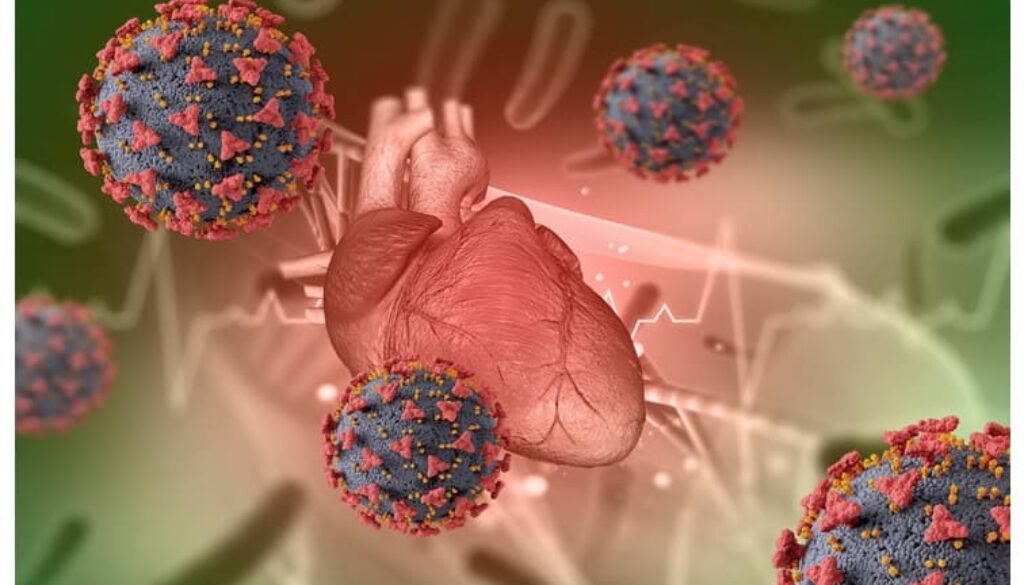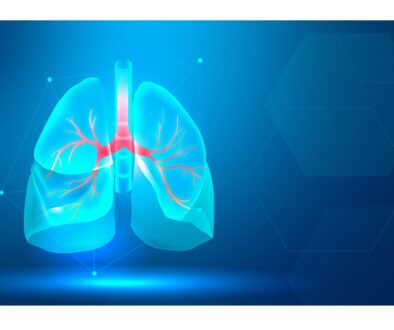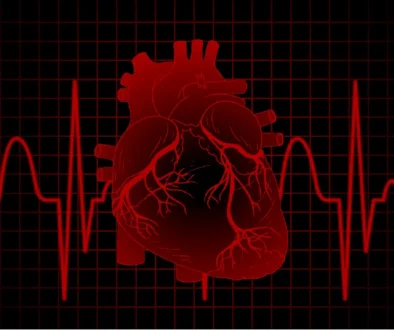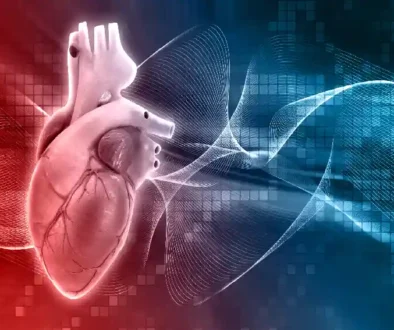Endocarditis – Causes, Symptoms and Treatment
Endocarditis causes and symptoms
It is a serious inflammation of the inner linings of the heart’s valves and chambers (endocardium). It is a life-threatening condition caused by an infection. Micro-organisms such as bacteria or fungi move through the bloodstream to the damaged areas of the heart. In some cases, bacteria from the mouth enter the bloodstream and reach the heart and cause inflammation of the heart. The infection, if not treated properly and quickly, can destroy the heart valves. Doctors prescribe medications to treat the condition. Sometimes, surgery may be recommended.
Endocarditis causes and symptoms
Endocarditis can be a sudden or slowly developing a disease based on the microorganism causing the infection. The signs and symptoms may also depend on whether the person who has the infection has underlying heart problems. In general, the signs and symptoms of endocarditis may vary from person to person.
Common signs and symptoms of endocarditis include:
- Fatigue
- Shortness of breath
- Chest pain when you breathe
- Painful joints and muscles
- Body aches
- Chills and fever – flu-like symptoms
- Night sweats
- Swelling in your feet, legs, or abdomen
- An altered heart murmur or a new one
Endocarditis Causes and Symptoms
Less common signs and symptoms of endocarditis
- Tender spleen
- Blood in urine
- Unexplained weight loss
- Red spots on the palms of the hands or on the soles of the feet (Janeway lesions)
- Tender spots or red spots under the skin of the fingers or toes (Osler’s nodes)
- Red or purple spots (petechiae) on the skin – inside the mouth or in the whites of the eyes.
What are the causes of endocarditis?
Microorganisms cause endocarditis – when bacteria or fungi enter the bloodstream they travel to the heart and lodge (implant) in the damaged or abnormal heart tissues and cause endocarditis. Other types of microbes may also cause endocarditis.
In certain cases, bacteria living in the mouth, stomach, throat, and other parts of the body – such as skin can cause endocarditis. They enter the bloodstream and travel to the damaged tissues of the heart.
Gum Infections
Gum disease and dental infections that cause bleeding gums let the bacteria enter the bloodstream and cause infections in the heart. Certain periodontal procedures such as flap surgery that involves cutting the gums can allow the bacteria to enter the bloodstream and cause endocarditis. Improper dental care or hygiene is another reason for the spread of dental infections to the heart. People who don’t take care of their gums properly may have weak gums that bleed when brushed – giving bacteria an opportunity to enter the bloodstream. Therefore, proper toothbrushing and flossing help in preventing gum disease.
Catheters use: These are thin tubes that are used to inject or remove fluids from the body. When a catheter is placed in for a long time, infection is more likely to occur. For instance, patients who need long-term dialysis, require catheters. Therefore, the risk of infection increases.
Illegal IV drug use: People who use illegal drugs such as cocaine or heroin are at risk of using contaminated syringes and needles. Those who are addicted to illegal drug use often don’t have access to clean syringes or unused needles. In these cases, the infection can spread through contaminated blood.
Who are at Risk of Endocarditis?
Pacemaker (an implanted heart device): Bacteria attach to this device and cause an infection of the heart lining.
Congenital heart defects: People who are born with certain types of heart defects like abnormal valves or irregular heart and other defects are more vulnerable to infection.
Rheumatic fever or an infection of the heart valves can damage them increasing the risk of infection.
People with artificial (prosthetic heart valves) are at increased risk for heart valve infection than those with normal heart valves.
Old age: people over age 60 are at higher risk of endocarditis infection.
Personal history of endocarditis: The previous infection of heart valves may increase the risk of future infection.
Illegal drug use: Drug addicts and abusers are at increased risk of endocarditis infection. Contaminated needles used in the drugs use process can contaminate needles with bacteria.
Poor oral and dental hygiene: Good oral hygiene is essential for healthy gums, teeth, and mouth and for overall health. The risk of dental infection increases in those who don’t brush and floss their teeth regularly.
Indwelling catheter use or keeping a catheter in place for a long time can increase the risk of endocarditis.
Bottom Line
Bacteria usually cause endocarditis. The infection enters the blood and lodges in the heart after surgery or after using contaminated syringes and needles. It happens mostly in people who already have heart issues. Antibiotics can cure the condition – but without treatment, endocarditis can become a life-threatening condition. When endocarditis causes severe damage to the heart valves, the patient may need heart valve replacement surgery.




